This is the second part in a five part series on the Karnali River. See also:
Faith to reality: A journey down the Karnali River from Tibet to India
Part 1: Living in fear of floods
Part 2: Dams and dreams – a journey down the Karnali
Climate change is affecting the Himalayas more than almost any region in the world. Southwestern Tibet, western Nepal and northern India where the Karnali River flows are no exception.
While infrastructure projects such as dams and roads gather pace in China, Nepal and India, there is no cooperation between countries to tackle the growing problems associated with climate change.
Nepal’s western region is the most underdeveloped in the country, and has experienced repeated famines and droughts. Climate change is making these events worse, but the response has been slower than in other parts of the country.
thethirdpole.net’s Nepal editor Ramesh Bhushal and photographer Nabin Baral travelled along the Karnali River, which originates in southwestern Tibet and flows through Nepal into India. They accompanied a team of scientists, covering about 1,100 kilometres along the river over six weeks.
“It isn’t as cold as it used to be a few years ago at this time of year,” said our Tibetan guide Mingmar Tashi as we walked on the southwest of Mount Kailash to the source of the Karnali, Nepal’s longest river. This river is the biggest tributary of the Ganga by volume and originates in Tibet’s Burang county. In late September, most residents in Kardung village — the first village on the Karnali River in Burang county— were busy preparing for the winter, harvesting paddy and moving livestock down to the valleys. The winters are changing. The Tibetan guide and drivers we drove with for nine days in the Mount Kailash region said their land is getting warmer.
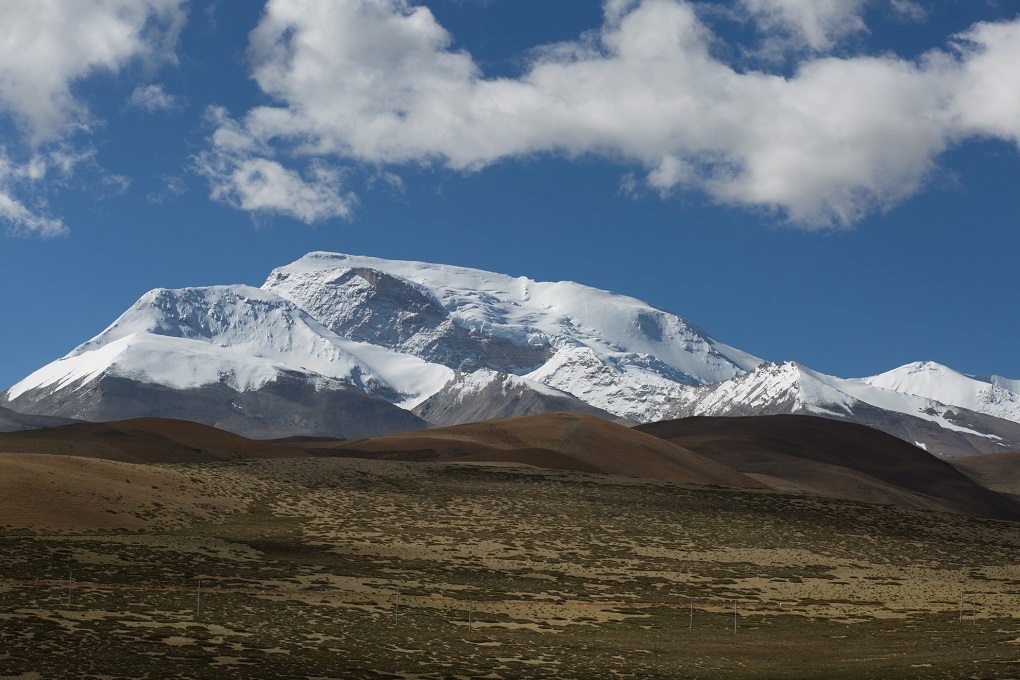
Chinese studies suggest that the Tibetan plateau is warming three times faster than other parts of the world. In southwestern China the mean annual temperature increased 0.12 degrees Celsius per decade from 1961 to 2010. Other studies project that by 2050, the mean temperatures in the Hindu Kush Himalayas will increase by 1-2 degrees, with a rise of 4-5 degrees in some places.
Although the scientists we accompanied were not allowed to talk to locals in Tibet because they did not receive necessary research permission, the limited responses of our guides gave some indication of the changes. “Snow in the mountains in Tibet is declining and I can see that,” Mingmar Tashi said. A recent study from China’s Lanzhou University showed that the snow-covered area in Tibet has decreased at altitudes above 2,000 metres above sea level, but increased at lower altitudes.
Rising temperatures will lead to more rapid snowmelt from the mountains, with severe impacts on people living in the region. This will result in fluctuation of water flow in the streams and rivers that originate in the plateau, impacting both farmers and hydropower
It would have been useful to talk to farmers to get a sense of how this is affecting their lives, but as we were not allowed to do so, and our guides could say little, we must rely on research. Even this gives only a general picture. Changes in hydrology in high altitude areas are poorly understood because these areas are hard to access and the complex interplay between climate, glaciers and hydrological processes. Nevertheless available research shows reduced snow cover reduces the water storage capacity of glaciers in a warming climate.
“A warming climate may lead to either rising or decreasing river flows, depending on the state of glacier retreat,” stated a recent study published in the proceedings of National Academy of Sciences, USA. The study compared glacier melt and river flows in Nepal and Chile.
A 2015 report by the International Centre for Integrated Mountain Development (ICIMOD) reviewed the impacts of climate change in the Hindu Kush Himalayan region, including Nepal. “The changing probabilities and magnitudes of extreme events can place additional risk on power generation infrastructure (dams and hydropower plants) as well as secondary infrastructure (roads and transmission lines). Further, hazards associated with shrinking glaciers, such as glacial lake outburst floods, can jeopardise large infrastructure investment,” the report stated.
It is also estimated that food production throughout the Hindu Kush Himalayan region will be affected by the delayed or early onset of monsoons, more variable rainfall and increase of extreme events including floods and droughts. “Most of the agriculture in the mountains is rain fed and therefore highly vulnerable to rainfall variability,” stated The Himalayan Climate and Water Atlas, published by ICIMOD.
Troubled and trapped
The changes are easier to document in Nepal. Devi Fadera, from Srinagar village in Nepal’s Humla district bordering Tibet, was in a rush in early October. Rice fields near the bank of the Karnali River were yellow and it was harvest time. “The weather is becoming more uncertain every year, so I have to harvest during these sunny days. Who knows what will happen tomorrow,” he said. There has been very little rainfall in the region over the last three years. The drought of 2016 was the worst in the last three decades, affecting thousands of people. But there was sufficient rainfall this year. “This year, rainfall was good, so the paddy was good,” Fadera said with a smile on his face.
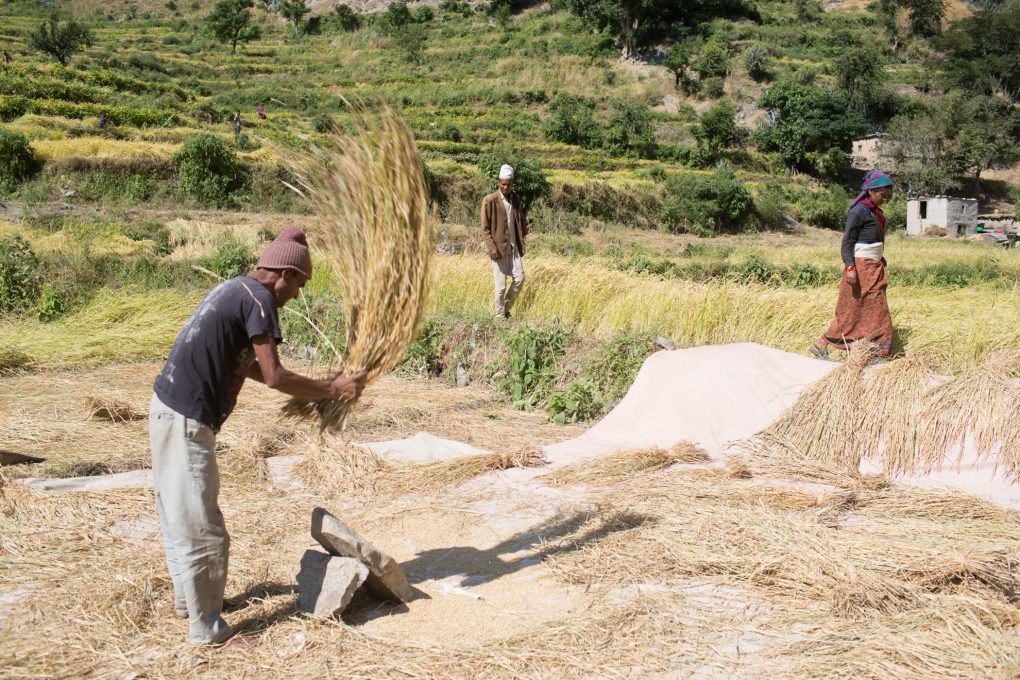
Food produced from his field lasts for about five to six months on a good year. From the farm, you can see the Karnali, but it is at the bottom of a deep gorge and there is no way to bring any water for irrigation. Most of the villages along the river depend on monsoon rains. When the food runs out, mules bring supplies from elsewhere in the country, but that doesn’t really help much. People in this region have the lowest purchasing capacity in Nepal. Malnutrition and even famine are common, compounded by the fact that only 0.9% of the land in Humla is arable.
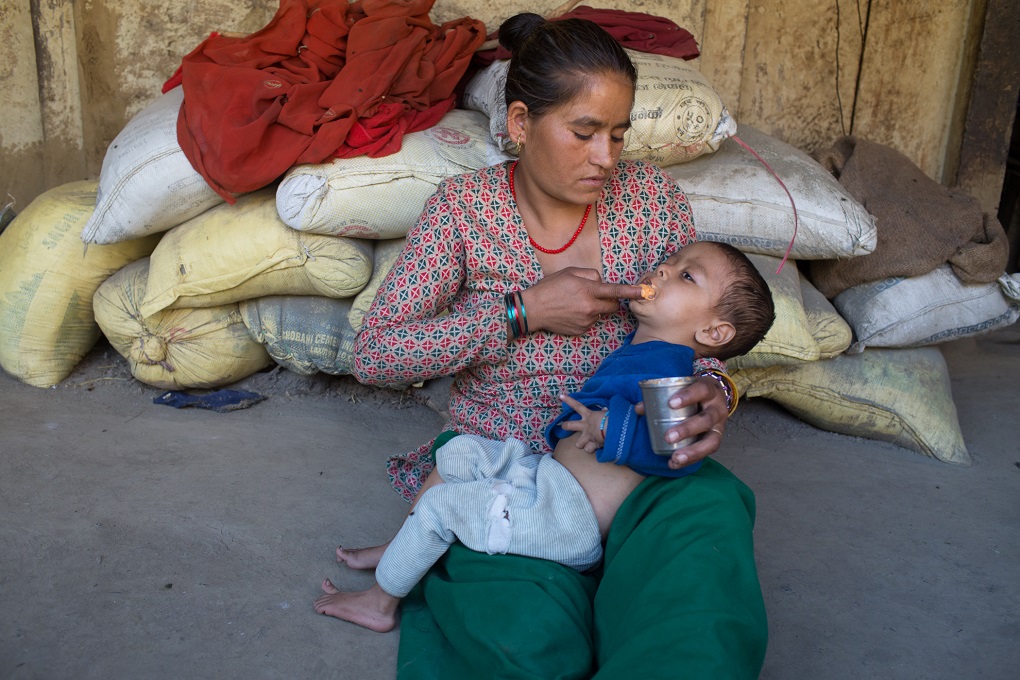
While Devi Fadera was in a rush to harvest his paddy, Dirgha Shahi was hurrying to Kermi in Upper Humla to get some flour transported from Tibet’s Burang county. The only way to get food from the southern plains of Nepal is via air, and that is expensive. The abundant rainfall in 2018 brought only misery to Shahi. “It was continuous from July and August. Too much water destroyed our vegetables, especially beans.”
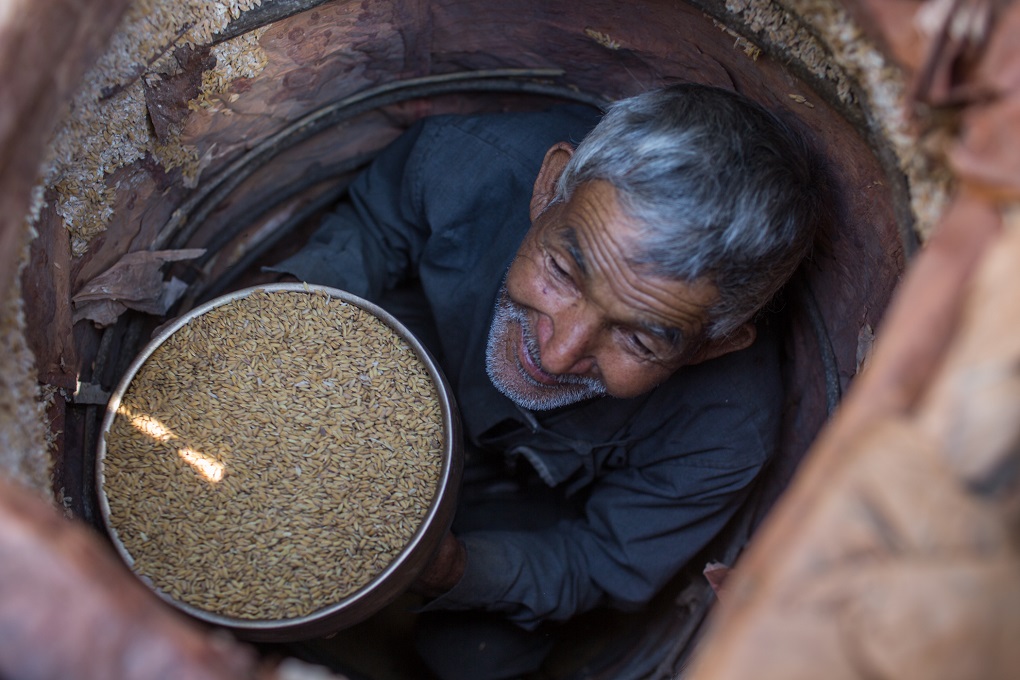
It is difficult for policymakers to micro-plan to this extent. “We haven’t been able to integrate bits and pieces in an organised way when it comes to climate change as it’s quite a vast topic that ranges from the global negotiations to local impacts,” said Maheshwar Dhakal, chief of the climate change division at Nepal’s Ministry of Forests and Environment. “However, the government has been providing support to several vulnerable communities through local level adaptation projects like Nepal climate change support programme which has its major focus in the Karnali region,” he added.
Haphazard development, increasing vulnerability
Road construction is the most common phenomena we saw on our 1,100 kilometre journey along the Karnali from Tibet to India. But the roads are poorly planned, poorly implemented, with no attention paid to where the debris construction is dumped. It’s very likely that such haphazard development will bring more trouble than joy in future.
Huge embankments, highways and the massive reconstruction of towns and cities are underway in Tibet. Little is known about the environmental impact assessments of construction done by the Chinese government.
In Nepal, everybody knows that taking care of the environment is not a priority. The government’s project to link the southern plains in Banke district to the northern border in Humla has cut through the hills and mountains. Dynamite blasts were a constant menace as we walked, drove and rafted for one and a half months. Karen Bennett, a geologist in our team, said she was shocked to see the unnecessary level of destruction. “Roads are necessary, but the situation is worrisome.” Most of the settlements along the river corridor are built on landslide-prone areas, and people have built over previous landslides. These are inherently unstable, and improper road construction increases their vulnerability.

Incremental investment during construction would have saved the billions that will be needed for future maintenance, she said. “If such haphazard construction continues, villages along the Karnali River will suffer badly.”
Rampant road construction has already led to serious problems in recent years. The Karnali highway linking Nepal’s western border with Tibet was on the drawing board for two decades but moved forward after 2015 when the job was given to the Nepal Army. One of the biggest projects in the country, the 500-km road will link India and China. But it’s being built with no attention to basic principles of road engineering in mountain regions.
It is not just the highways. All rural municipalities in Nepal have a mission to link each village ward with roads in the next few years. “In the next three to five years we will have all the villages linked with rough roads,” said Devraj Devkota, mayor of Panchadeol rural municipality in Nepal’s Accham district.
As the hills and mountains are excavated, most of the debris is thrown directly into the river. “This will create geological instability and will have severe impacts on aquatic species,” said Deep Narayan Shah, an aquatic expert and assistant professor at the Central Department of Environmental Science, Tribhuwan University, and a member of the expedition team.
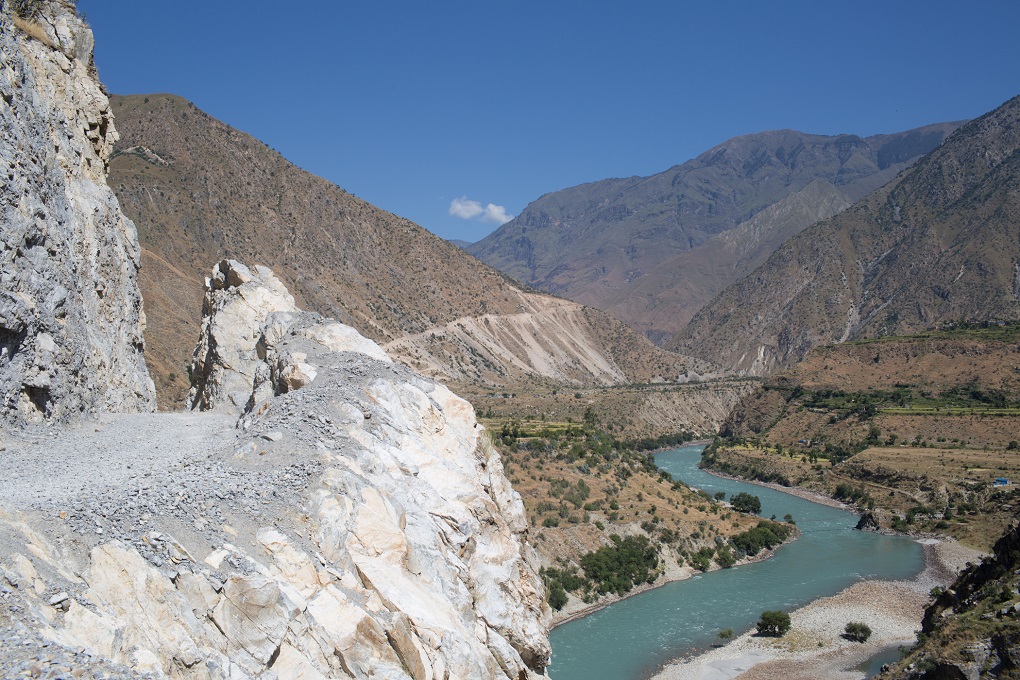
“We have not been able to address impacts of climate change and these kinds of activities will exacerbate the problems increasing the vulnerability of communities already under stress,” said Ajaya Dixit, executive director at the Institute for Social and Environmental Transition Nepal (ISET-Nepal).
More connectivity, less cooperation
Blacktopped highways from Tibet have reached the Nepal border. Nepal is also focusing on enhancing road connectivity with its northern neighbour and all the main corridors are along the major rivers—the Sunkoshi, Trishuli, Kali Gandaki and the Karnali. The Indian states of Bihar and Uttar Pradesh are already connected with Nepal by road. Experts say there is also a need to connect people and governments to fight against disasters and climate change.
Rajan Kotru, from the International Centre for Integrated Mountain Development , headed the Kailash Sacred Landscape conservation programme, the first of its kind involving all three countries in the region. When I asked Kotru what the programme had achieved over the last five years, his answer was diplomatic, “We were able to lay the foundation for dialogue between countries and people at local level. There is also a greater realisation that coming together will benefit all and is necessary,” he said.

Even this realisation is progress, since cooperation between Nepal, India and China at a multilateral level on river basins is negligible. Nepal shares a 1,400 kilometre land border with China and Nepal’s foreign ministry has several mechanisms to talk with China on various issues, but they do not include anything on water resources. “Water resources have hardly been on the agenda, though our rivers originate there,” said Ajaya Dixit.
When it comes to water, Nepal’s relationship with its southern neighbour India is also turbulent. Experts say there’s no real cooperation, just formal communication. “I don’t think there is cooperation between Nepal and India. If there had been any then we would have solved problems rather than exacerbating them over the last few decades. And climate change doesn’t even get a mention when we talk about cooperation,” Dixit added.
This story is jointly published by thethirdpole.net and Nepali Times.
![<p>A Tibetan woman collects yak dung for cooking fuel in Kardung Village in Tibet. This is the first village on the bank of Karnali River (also called Mapcha Khambab) in Tibet [image by: Nabin Baral]</p>](https://dialogue.earth/content/uploads/2019/01/Tibetan-woman-collects-dung-for-cooking-fuel.jpg)

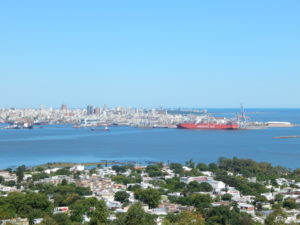
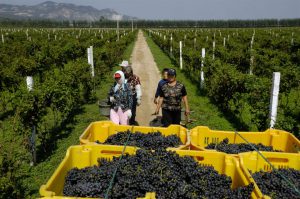
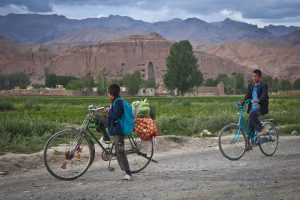
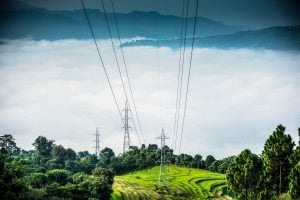


![Kagbeni is a small village located in the Kali-Gandaki Valley. The Gandaki River originates in the Himalayas and flows through [image by: Justin Falcone]](https://dialogue.earth/content/uploads/2019/01/Mustang1-300x200.jpeg)
